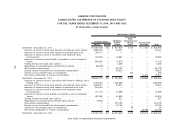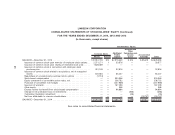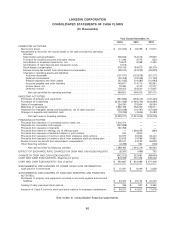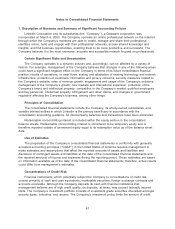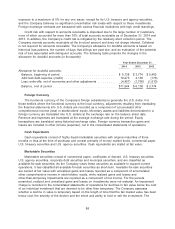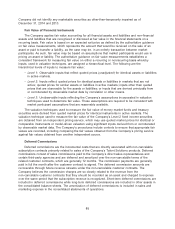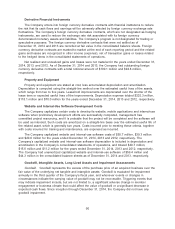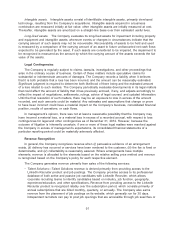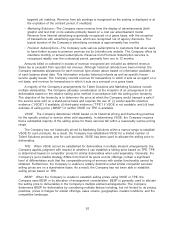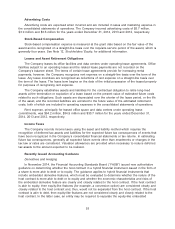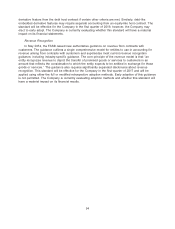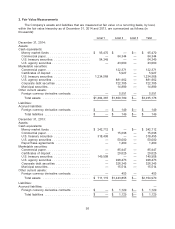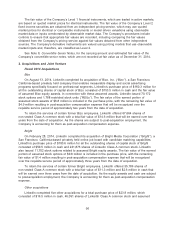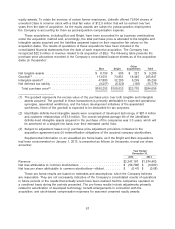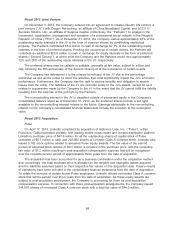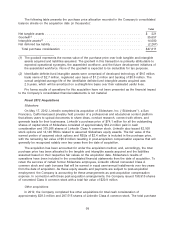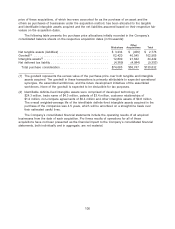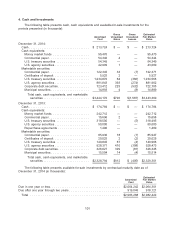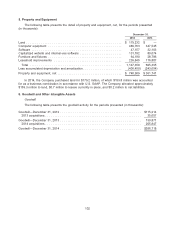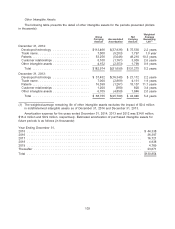LinkedIn 2014 Annual Report Download - page 96
Download and view the complete annual report
Please find page 96 of the 2014 LinkedIn annual report below. You can navigate through the pages in the report by either clicking on the pages listed below, or by using the keyword search tool below to find specific information within the annual report.derivative feature from the debt host contract if certain other criteria are met. Similarly, debt-like
embedded derivative features may require separate accounting from an equity-like host contract. The
standard will be effective for the Company in the first quarter of 2016; however, the Company may
elect to early adopt. The Company is currently evaluating whether this standard will have a material
impact on its financial statements.
Revenue Recognition
In May 2014, the FASB issued new authoritative guidance on revenue from contracts with
customers. The guidance outlines a single comprehensive model for entities to use in accounting for
revenue arising from contracts with customers and supersedes most current revenue recognition
guidance, including industry-specific guidance. The core principle of the revenue model is that ‘‘an
entity recognizes revenue to depict the transfer of promised goods or services to customers in an
amount that reflects the consideration to which the entity expects to be entitled in exchange for those
goods or services.’’ The guidance also requires significantly expanded disclosures about revenue
recognition. This standard will be effective for the Company in the first quarter of 2017 and will be
applied using either the full or modified retrospective adoption methods. Early adoption of this guidance
is not permitted. The Company is currently evaluating adoption methods and whether this standard will
have a material impact on its financial results.
94


